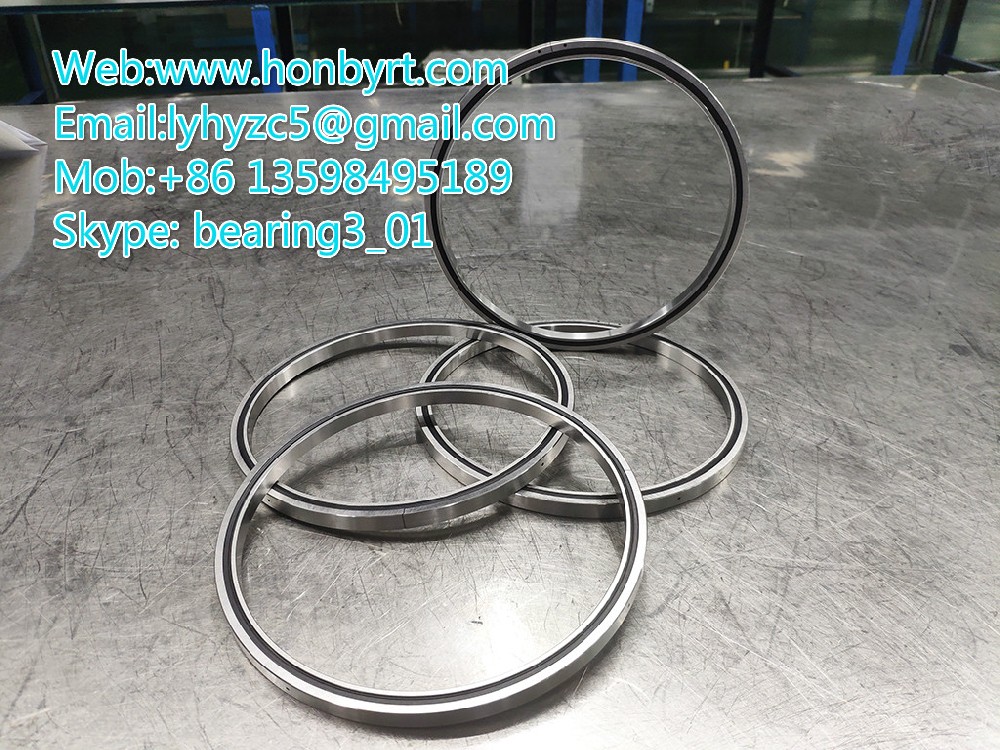1. Load size and type
Bearing selection must first consider the size and type of load. This includes radial loads, axial loads and combined loads. For large loads and impact loads, bearings with higher load-bearing capacity need to be selected, such as cylindrical roller bearings or tapered roller bearings. For small loads, you can choose deep groove ball bearings or angular contact ball bearings.
2. Speed
The speed of the bearing is also an important selection factor. Generally speaking, the higher the speed, the higher the precision bearings need to be selected. For equipment running at high speeds, deep groove ball bearings or angular contact ball bearings are usually chosen.
3. Temperature conditions
The temperature of the working environment also affects the selection of bearings. For high temperature environments, you need to choose bearings that can withstand high temperatures, such as high temperature bearings. For low temperature environments, it is necessary to choose bearings with good low temperature performance, such as low temperature bearings.
4. Environmental conditions
Environmental conditions, including pollution levels, humidity, corrosiveness, etc., can affect bearing selection. For environments with serious pollution, it is necessary to choose bearings with good sealing performance. For environments with high humidity or corrosiveness, bearings with anti-corrosion properties can be selected.


